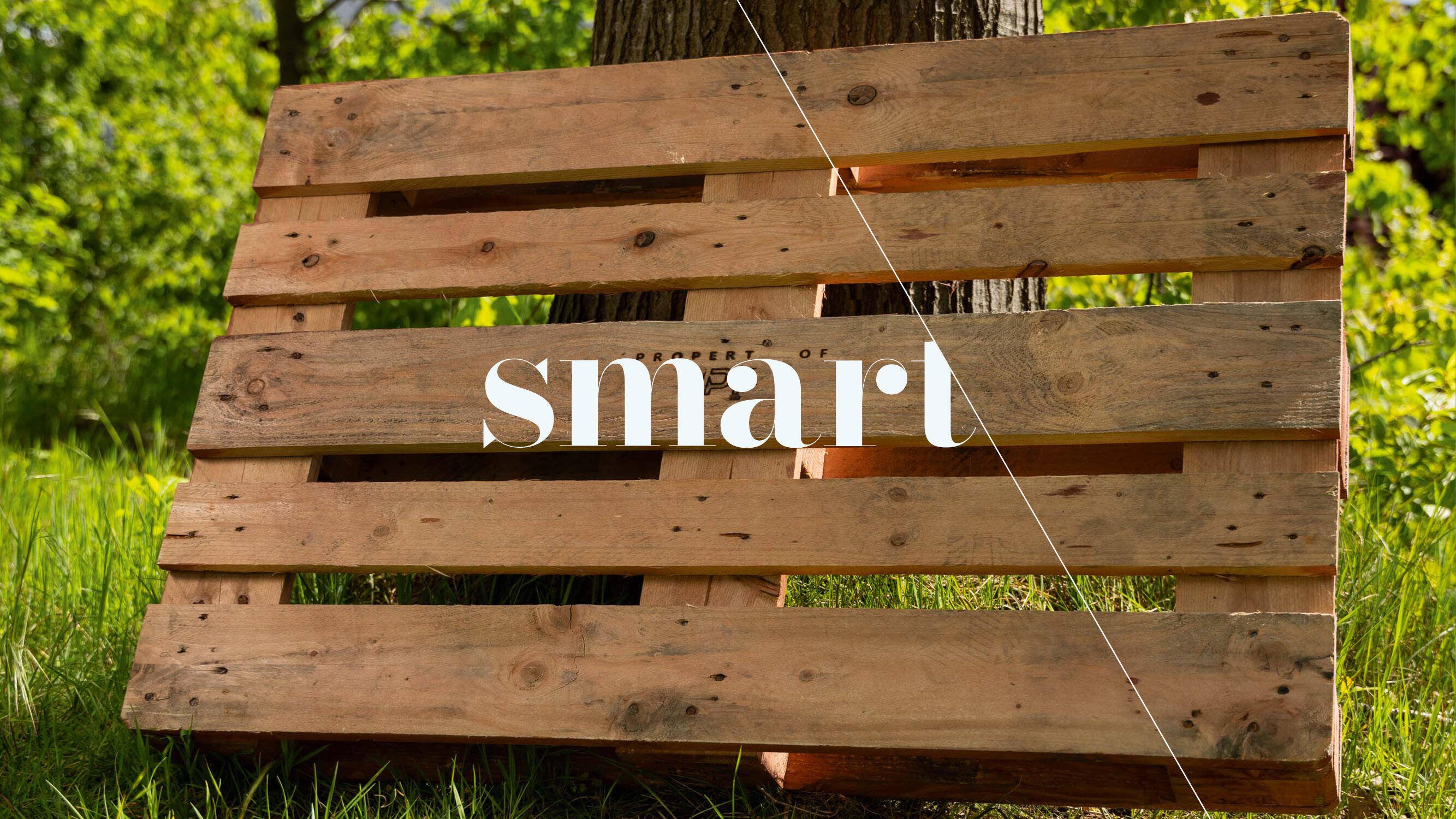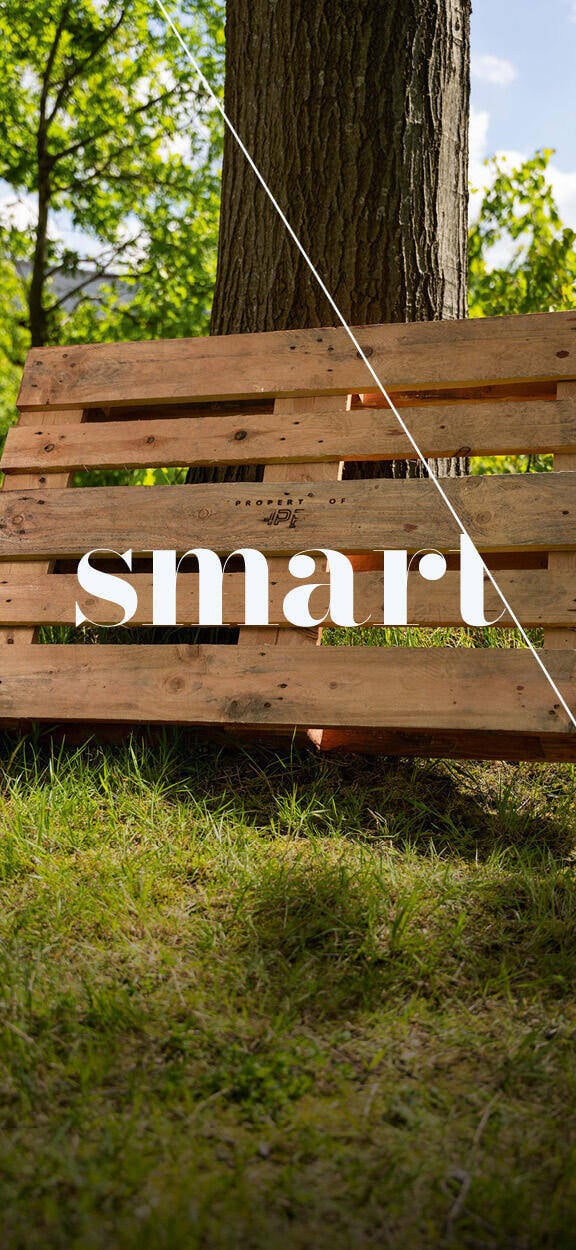The EU Packaging and Packaging Waste Regulation (PPWR)
a natural fit for Faber Group’s load carrier business

Less waste, smart packaging through PPWR.

Shelley Pierre

Reusable versus recyclable packaging – what is the difference? In the case of recyclable packaging, the used material is recycled back into raw materials to make new products, such as a PET plastic bottle. Reusable packaging retains its original shape and functionality over multiple cycles, such as our pool pallets.
PPWR defines transport packaging as including pallets, foldable-plastic boxes, boxes, trays, plastic crates, intermediate bulk containers, pails, drums and canisters of any size or material, including flexible formats or pallet wrappings or straps for stabilisation and protection of products put on pallets during transport.
Shelley: “Although there are some exceptions, the PPWR will apply to all packaging products, including consumer, e-commerce and industrial packaging products. It will apply in all member states of the European Union. Our focus is on how we can help our customers meet their transport packaging obligations. The PPWR came into force on 11 February 2025 and although many of its obligations will not apply until 18 months later, they need to take action now to be PPWR compliant in time. And one of the interesting things we can offer to companies that are still using single-use transport packaging is the potential to meet the first 2030 target immediately by switching to re-usable carriers.”
“PPWR's aim is to reduce packaging waste and promote sustainability. The nature of our business is such that it is sustainable and contributes to the circular economy. Our company made a conscious decision a long time ago to produce sustainably sourced load carriers that are reused through our pool systems and recycled at the end of their life. This combination means that we are well positioned for the PPWR and can help our customers to comply with the legislation. The Faber Group's vision is fully in line with the spirit of the PPWR”, Shelley concludes.
“As Faber Group's open and closed pooling systems have been designed with re-use and circularity in mind, we are well placed to support our customers with PPWR”, says Shelley Pierre, European Commercial Network Director of the IPP Pooling division of Faber Group.
“The primary objective of the PPWR is to reduce the amount of packaging waste generated. In 2022, the European Union generated 186.5 kg of packaging waste per inhabitant, making a total of around 83.4 million tonnes of packaging waste. With these figures in mind, it's easy to see why the Commission has made tackling packaging waste a priority in meeting its climate change targets. To this end, the PPWR includes specific requirements for waste reduction, recyclability and the use of recycled materials in packaging, as well as targets for re-usability”, says Shelley.
The PPWR also applies to transport packaging, such as pallets and boxes, and there is even a specific reuse target for transport packaging: by 2030, 40 % of all transport packaging must be reusable, and by 2040 this will be 70 %. In addition, all transport packaging between sites of the same company or within the borders of a single country must be reusable and part of a reuse system.
The EU has introduced the Packaging and Packaging Waste Regulation (PPWR) to reduce packaging and promote sustainability, with specific requirements for waste reduction, recyclability and the use of recycled materials.
Sustainability Progress Report | 2024
The EU Packaging and Packaging Waste Regulation (PPWR) a natural fit for Faber Group’s load carrier business

Less waste, smart packaging through PPWR.

Reusable versus recyclable packaging – what is the difference? In the case of recyclable packaging, the used material is recycled back into raw materials to make new products, such as a PET plastic bottle. Reusable packaging retains its original shape and functionality over multiple cycles, such as our pool pallets.
PPWR defines transport packaging as including pallets, foldable-plastic boxes, boxes, trays, plastic crates, intermediate bulk containers, pails, drums and canisters of any size or material, including flexible formats or pallet wrappings or straps for stabilisation and protection of products put on pallets during transport.
Shelley: “Although there are some exceptions, the PPWR will apply to all packaging products, including consumer, e-commerce and industrial packaging products. It will apply in all member states of the European Union. Our focus is on how we can help our customers meet their transport packaging obligations. The PPWR came into force on 11 February 2025 and although many of its obligations will not apply until 18 months later, they need to take action now to be PPWR compliant in time. And one of the interesting things we can offer to companies that are still using single-use transport packaging is the potential to meet the first 2030 target immediately by switching to re-usable carriers.”
“PPWR's aim is to reduce packaging waste and promote sustainability. The nature of our business is such that it is sustainable and contributes to the circular economy. Our company made a conscious decision a long time ago to produce sustainably sourced load carriers that are reused through our pool systems and recycled at the end of their life. This combination means that we are well positioned for the PPWR and can help our customers to comply with the legislation. The Faber Group's vision is fully in line with the spirit of the PPWR”, Shelley concludes.
“As Faber Group's open and closed pooling systems have been designed with re-use and circularity in mind, we are well placed to support our customers with PPWR”, says Shelley Pierre, European Commercial Network Director of the IPP Pooling division of Faber Group.
“The primary objective of the PPWR is to reduce the amount of packaging waste generated. In 2022, the European Union generated 186.5 kg of packaging waste per inhabitant, making a total of around 83.4 million tonnes of packaging waste. With these figures in mind, it's easy to see why the Commission has made tackling packaging waste a priority in meeting its climate change targets. To this end, the PPWR includes specific requirements for waste reduction, recyclability and the use of recycled materials in packaging, as well as targets for re-usability”, says Shelley.
The PPWR also applies to transport packaging, such as pallets and boxes, and there is even a specific reuse target for transport packaging: by 2030, 40 % of all transport packaging must be reusable, and by 2040 this will be 70 %. In addition, all transport packaging between sites of the same company or within the borders of a single country must be reusable and part of a reuse system.
Shelley Pierre

The EU has introduced the Packaging and Packaging Waste Regulation (PPWR) to reduce packaging and promote sustainability, with specific requirements for waste reduction, recyclability and the use of recycled materials.
Sustainability Progress Report | 2024